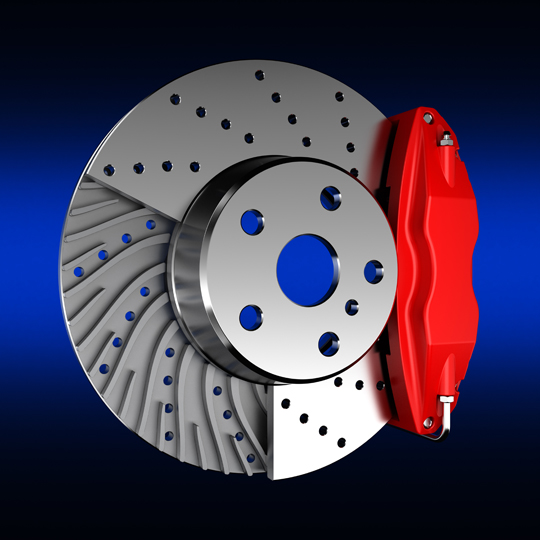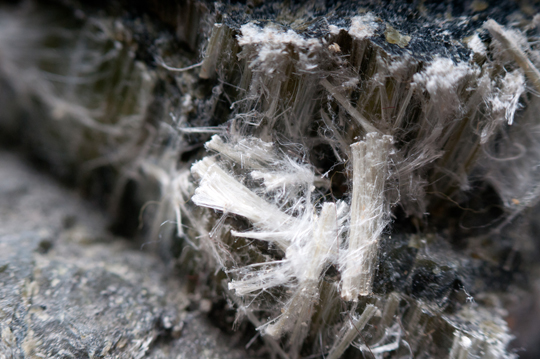When it comes time to replace your brake pads, you will find that you have an almost limitless variety to choose from, and the sheer amount of options can be frankly overwhelming. However, the truth is that despite the innumerable brand options you have, there really are only four types of brake pads on the market, each categorized on the basis of the brake pad material. If you’re looking for the best brake pad material for your vehicle, this is where you need to start.
1. Organic Pads
As the name suggests, this brake pad material is purely organic and includes no metal or asbestos components. Generally considered to be low quality, organic pads do offer the benefit of being relatively noiseless and softer on the application. However, this is not the best brake pad material, as it is not very resistant and wears down very quickly. While these are the cheapest option available, there is always the downside of having to frequently replace your brake pads. The bottom line, then, is that these pads are recommended only if you cannot afford anything better, or if you do not plan on driving the car very much at all.
2. Low Metallic Pads
This brake pad material is similar to organic pads in that the primary components are organic materials such as Kevlar and carbon. However, they are a step up from organic pads because they incorporate small amounts of metals such as copper in order to increase the brake pad resistance. These types of brake pads work well, but due to their primarily organic make-up, they wear down quickly, albeit not as quickly as pure organic pads. They are also rather loud, so if that is a consideration for you, it might be best to avoid them.
3. Semi-Metallic Pads
This type of brake pad material is, as the name implies, made up primarily of metallic elements, such as steel. While they do offer a strong, dependable braking action, they are nonetheless excessively noisy, and the metal components place more pressure on the rotor. However, this is generally one of the best brake pad materials available, especially because it has a slow wear rate, allowing you to get the most from your brake pads.
4. Ceramic Pads
This is generally considered to be the best brake pad material available, and as such, the cost of ceramic pads is typically higher as well. However, ceramic pads have a lot of advantages that more than make up for the high price tag. To begin with, they are quiet and operate evenly, allowing for a smooth feel and easy brake action as opposed to a bumpy, lumbering stop. They also have the slowest wear rate of any brake pad material, meaning that you get your money’s worth with these pads. The only caveat with ceramic pads is that they do not work as well at high temperatures, so if you are planning on racing your car, you might want to look into another type of brake pad material.
Find Professional Advice
Even with a thorough understanding of brake pads and the materials you have to choose from, there are still a lot of brands and options to sift through. The best way to whittle down the choices is to ask a professional mechanic. TalkLocal can help you find a local mechanic in your area within minutes with our free service. Don’t wait – we will connect you with the right professional in just minutes.











